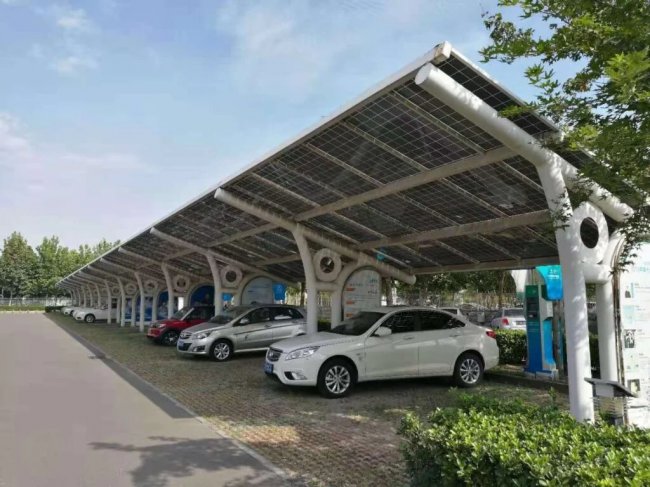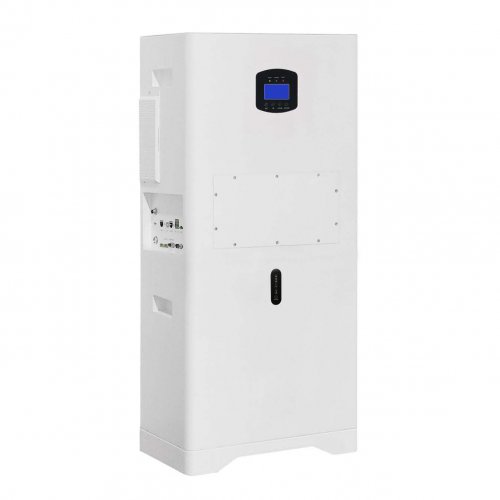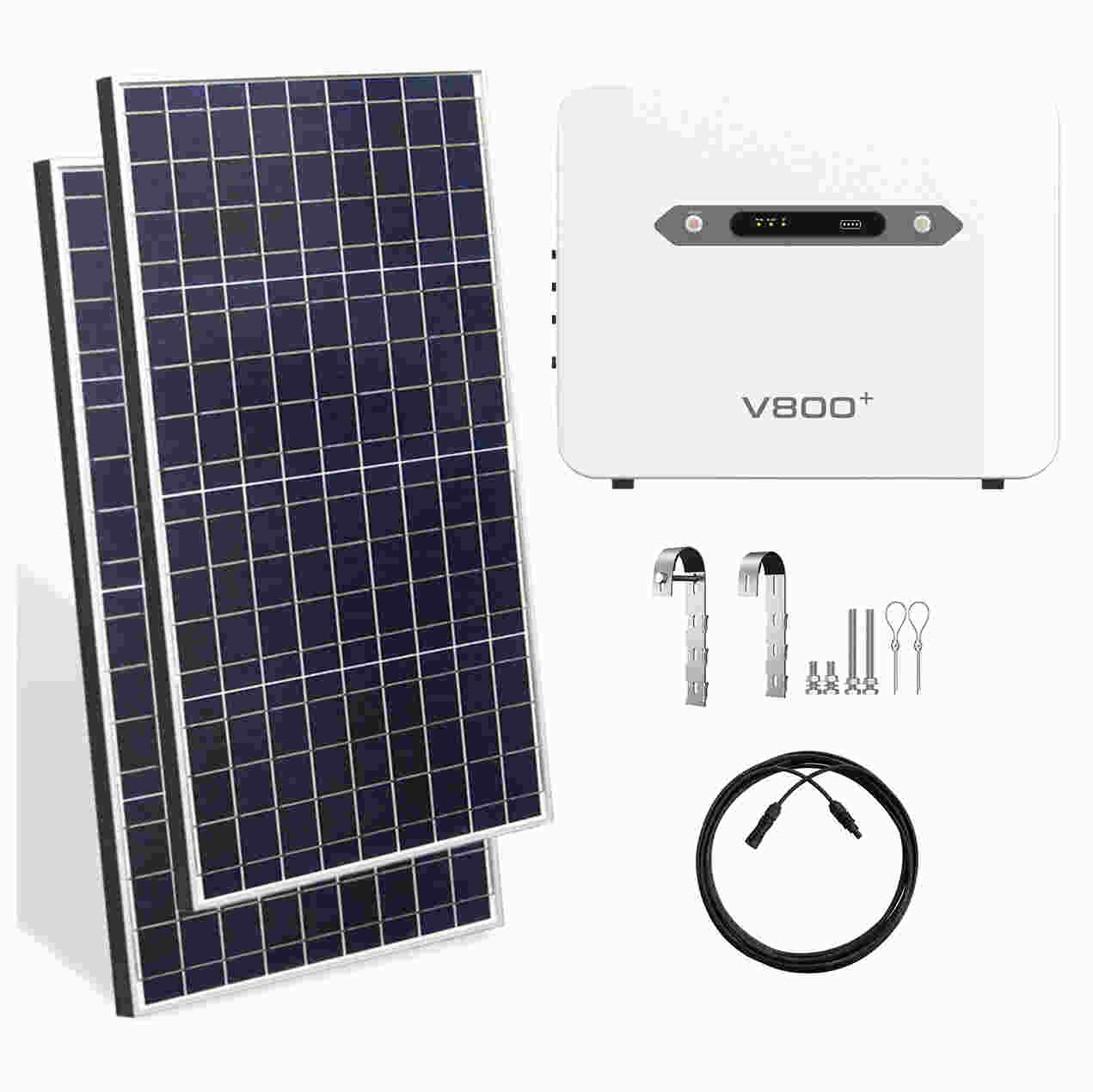Energy Storage Systems News: Grid-scale Deployments And Long-duration Technologies Reshape The Power Landscape
The global energy storage sector is experiencing a period of unprecedented growth and technological diversification, moving beyond its traditional role of ancillary services to become a central pillar of grid reliability and decarbonization efforts. Recent months have been marked by a surge in gigawatt-scale project announcements, breakthroughs in long-duration storage chemistry, and evolving policy frameworks that are collectively shaping the future of electricity systems worldwide.
Latest Industry Developments: From Announcements to Activations
The pipeline for utility-scale energy storage systems (ESS) continues to expand at a remarkable pace. In the United States, the Inflation Reduction Act (IRA) continues to be a significant catalyst. While domestic manufacturing projects have faced some delays, the deployment of grid-scale batteries is accelerating. According to recent data from the American Clean Power Association, the U.S. energy storage market set a new record in the first quarter of this year for quarterly installations. Major projects are coming online, particularly in Texas (ERCOT) and California (CAISO), where they are critical for managing peak demand, mitigating congestion, and integrating vast amounts of new solar PV capacity.
Similarly, Europe is witnessing a boom in project development. The REPowerEU plan, aimed at ending reliance on Russian fossil fuels, has intensified focus on storage as an enabler for renewable energy. Germany, the UK, and Italy are leading in capacity, but southern and eastern European countries are rapidly catching up. A notable recent development is the final investment decision for a 200 MW/400 MWh project in Spain, one of the largest in the continent, signaling strong investor confidence.
In Asia, China maintains its dominant position in both the supply chain and deployment. The world's largest solar-storage project, a 5 GW complex in Xinjiang, recently began operations, featuring over 1 GWh of co-located storage. This project exemplifies the trend of integrating storage directly with new renewable generation assets from the outset, rather than as a later addition.
Trend Analysis: The Shift Towards Long-Duration and Diversified Chemistry
The industry narrative is progressively shifting from simply adding storage capacity to addressing the critical question of duration. While lithium-ion batteries continue to dominate the market for 2-4 hour storage applications, there is intense focus and investment in long-duration energy storage (LDES) technologies capable of discharging for 8, 10, or even 100+ hours.
This trend is driven by the need to not only shift solar energy from day to night but also to weather prolonged periods of low renewable generation, often referred to as "dunkelflaute" (dark doldrums). A diverse array of non-lithium technologies is moving from pilot stages to commercial deployment. These include:Flow Batteries: Vanadium flow batteries (VFBs) and new formulations like zinc-iron are gaining traction for their long cycle life and decoupling of power and energy ratings.Compressed Air Energy Storage (CAES): Both diabatic and advanced adiabatic (A-CAES) projects are advancing, offering large-scale, multi-gigawatt-hour storage potential using underground salt caverns.Green Hydrogen (Power-to-X): While not electrochemical storage in the traditional sense, green hydrogen produced from electrolysis is increasingly viewed as a crucial seasonal storage solution, with major projects linking electrolyzers to offshore wind farms.
Furthermore, the supply chain for lithium-ion itself is diversifying. The rising cost and geopolitical concerns around critical materials like lithium, cobalt, and nickel are accelerating the adoption of lithium iron phosphate (LFP) batteries, which now constitute the majority of new grid-scale and residential storage deployments due to their lower cost, longer life, and improved safety profile.
Expert Perspectives: Navigating Challenges and Future Outlook
Industry experts acknowledge the tremendous progress while highlighting persistent challenges. Dr. Elena Michaels, a lead researcher at the Energy Futures Institute, states, "The engineering and economics of 4-hour storage are now well-understood by developers and financiers. The new frontier is proving the bankability of long-duration technologies. We need standardized performance metrics and offtake structures that value their unique capability to provide resilience over days and weeks, not just hours."
Supply chain volatility remains a concern. While battery pack prices have fallen significantly over the past decade, they experienced a slight uptick last year due to inflationary pressures and material costs. "The IRA's domestic content incentives are creating a powerful pull for localized manufacturing in North America," notes Mark Chen, a supply chain analyst at a leading consultancy. "This will build resilience but the global supply chain will remain deeply interconnected for the foreseeable future. Diversification of chemistry is also a key strategy for mitigating raw material risks."
On the policy front, experts call for clearer market signals. "Storage is often a victim of its own versatility," comments Sarah Wilkinson, a policy advisor for a grid operator. "Our electricity market rules were designed for predictable fossil fuel plants. We need to modernize regulations to properly compensate storage assets for the full suite of values they provide—from frequency regulation and black start capability to capacity and energy arbitrage. FERC Order 841 was a start, but the implementation is ongoing and critical."
The consensus is that the energy transition is untenable without a massive expansion of energy storage systems. The industry is no longer debating 'if' but 'how fast' and 'with what technology mix'. The coming years will be defined by the scaling of manufacturing, the refinement of market mechanisms, and the successful integration of a new generation of long-duration technologies that will finally allow renewable energy to fully power our grids, 24 hours a day, every day of the year.
Customized/OEM/ODM Service
HomSolar Supports Lifepo4 battery pack customization/OEM/ODM service, welcome to contact us and tell us your needs.


HomSolar: Your One-stop LiFePO4 Battery Pack & ESS Solution Manufacturer
Our line of LiFePO4 (LFP) batteries offer a solution to demanding applications that require a lighter weight, longer life, and higher capacity battery. Features include advanced battery management systems (BMS), Bluetooth® communication and active intelligent monitoring.

Customised Lithium Iron Phosphate Battery Casing
ABS plastic housing, aluminium housing, stainless steel housing and iron housing are available, and can also be designed and customised according to your needs.

HomSolar Smart BMS
Intelligent Battery Management System for HomSolar Energy Storage System. Bluetooth, temperature sensor, LCD display, CAN interface, UART interface also available.


Terminals & Plugs Can Be Customized
A wide range of terminals and plugs can be customised to suit the application needs of your battery products.

Well-designed Solutions for Energy Storage Systems
We will design the perfect energy storage system solution according to your needs, so that you can easily solve the specific industry applications of battery products.



About Our Battery Cells
Our energy storage system products use brand new grade A LiFePO4 cells with a battery lifespan of more than 4,000 charge/discharge cycles.



Applications in Different Industries
We supply customized & OEM battery pack, assemble cells with wiring, fuse and plastic cover, all the cell wires connected to PCB plug or built BMS.
Applications: E-bike, Electric Scooter, Golf Carts, RV, Electric Wheelchair, Electric Tools, Robot Cleaner, Robot Sweeper, Solar Energy Storage System, Emergency Light, Solar Power Light, Medical Equipment, UPS Backup Power Supply.
We can provide you with customized services. We have the ability to provide a vertical supply chain, from single cells to pack/module and to a complete power solution with BMS, etc.


HomSolar (Shenzhen) Technology Co., Ltd
























